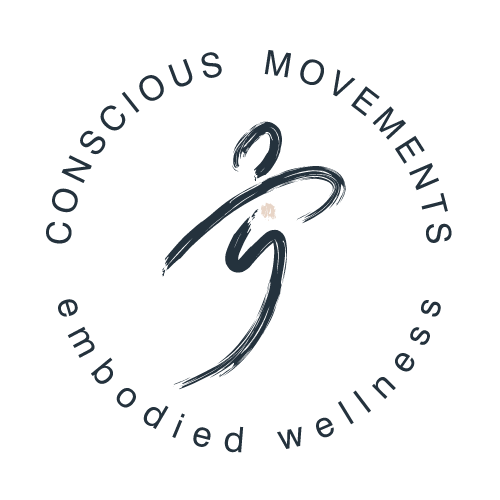Walking Awareness Benefits
WALKING CAN
NOURISH. MOVE.
SOOTHE & INSPIRE
Walking soothes your nervous system, nourishes your joints, moves your lymph, pumps your blood, reduces stress, and offers moments of insight.
This audio is part of the overview of the Walking Awareness Feldenkrais Series. For the last several years, I’ve begun and ended each class with a few minutes of walking. There are many wonderful reasons, and I outline a few of them in this overview.
Please enjoy the audio and feel free to read along with the transcript below.
Transcript
Why Walking?
You probably already know that walking is a great way to reduce pain, lose weight, and improve or maintain your overall health. But those are just a few of the many benefits that walking offers. I'm not going to go into all of the benefits here. But I'd like to encourage you to read through the two key points below and see if you can notice how the lessons and daily walks have on your personal experience.
Walk For Joint Ease
For starters, walking helps build up the muscles surrounding many of your joints. Then, when you merge this muscle strength with well-organized movement and clear force transmissions, you've got a lot of skeletal magic.
But the magic isn't just in the muscles and bones. Dynamic movements like walking are essential for nourishing your cartilage. Why? Because cartilage doesn't have a blood supply. Instead, the fluid inside the joint flows into and out of the cartilage when you move.
Walk To Nourish Your Mind
If you've ever paced back and forth when you're deep in thought or gone on a walk to "clear your head," you've experienced the intimate relationship between your mind and your stride.
The cadence of your walk can influence the inner rhythm of your thoughts and emotions — and vice versa. For instance, you might have noticed that you tend to walk faster if you're excited or angry. If you consciously slow down your step, your level of arousal will naturally fall. (1) This relationship is so powerful that in a 2019 study, researchers were able to predict a person's answers to a depression and anxiety questionnaire by measuring their gait. (2)
Some of this change in arousal and emotional tone might have to do with the use of your eyes and something called optic flow.
What is optic flow? Optic Flow is crucial for navigating the world. This happens in all sorts of movement: walking, running, biking, hiking, dancing, driving, etc. But for now, we'll focus on walking.
As you walk, various objects move past your eyes' retinas at varying speeds as you move through the world. But your brain knows how fast you're moving, and it cancels out the movement to let you know that these objects aren't moving past you, but you're moving past them. All of this impacts your amygdala — a key player in the processing of memory, decision making, and emotional responses.
Optic flow occurs when you move both fast and slow. Ideally, you'll explore moving at variable speeds and experience both the calming and invigorating sensations of walking through the world. Plus, when necessary, you'll have the ability to intentionally shift the state of your arousal by changing the speed of your stride. (3)
Audio Programs To Improve How You Walk Through The World
-
Jabr, Ferris. "Why Walking Helps Us Think." The New Yorker. 3 Sept 2014. [https://bit.ly/3hYwgl7]
N Zhao, Z Zhang, Y Wang, J Wang, B Li, T Zhu, & Y Xiang. "See your mental state from your walk: Recognizing anxiety and depression through Kinect-recorded gait data." PLoS One. 22 May 2019. 14(5). [https://bit.ly/3AU9a80]
Macé, É., Montaldo, G., Trenholm, S., Cowan, C., Brignall, A., Urban, A., & Roska, B. (2018). Whole-Brain Functional Ultrasound Imaging Reveals Brain Modules for Visuomotor Integration. Neuron, 100(5), 1241-1251.e7. doi: 10.1016/j.neuron.2018.11.031

